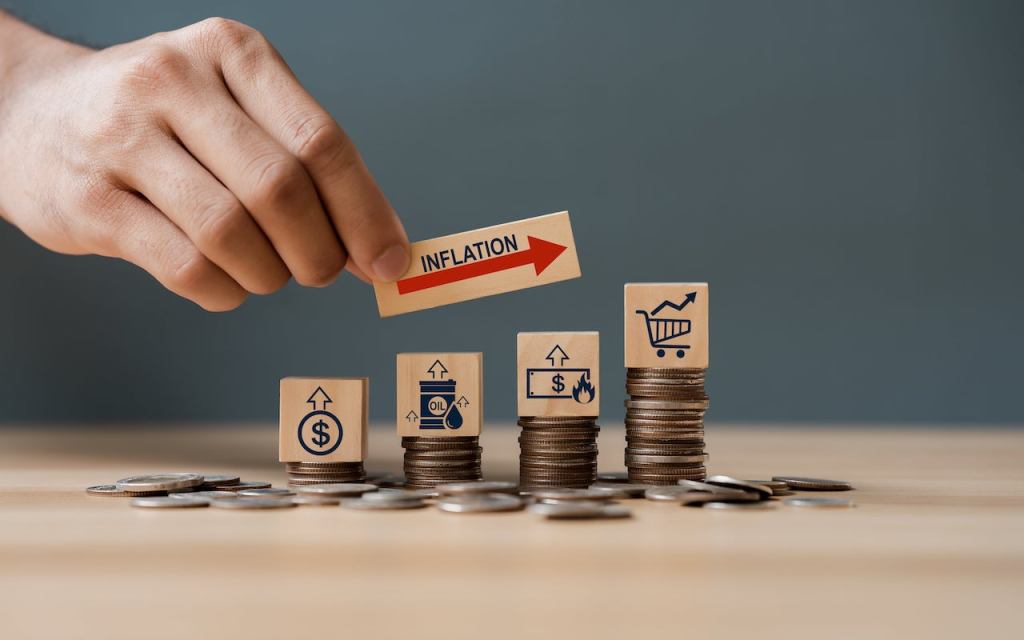Consumer prices continued to climb in January, but they rose at the lowest yearly pace recorded since October 2021, according to data released Tuesday by the Bureau of Labor Statistics (BLS). This is welcome news for the Federal Reserve, which is continuing to raise interest rates in an attempt to curb inflation via consumer spending.
The Consumer Price Index rose by 6.4% in January compared to a year ago. In December, the index posted a yearly increase of 6.5%.
“While this is the smallest year-over-year price increase since October 2021, today’s report suggests that the downward trend in inflation may be bumpier than had hoped. It means that the Federal Reserve will push forward with rate hikes through the spring, which will increase borrowing costs for consumers and businesses,” Lisa Sturtevant, Bright MLS’ chief economist, said in a statement. “The January inflation report comes on the heels of adjustments to fourth quarter CPI numbers, which indicated that the pace of disinflation at the end of last year was slightly slower than we had thought. It also follows an exceptional strong January jobs report and rising consumer confidence, which propped up consumer demand.”
The annual increase can be attributed to large yearly jumps in the indexes for shelter (7.9%), food (10.1%), energy (8.7%), household furnishings and operations (5.9%), medical care (3.1%), recreation (4.8%), and new vehicles (5.8%).
The all items less food and energy index rose 5.6% in January, its smallest yearly gain since December 2021. The large yearly increase in the cost of shelter accounted for nearly 60% of the index’s increase.
The CPI rose 0.5% month over month on a seasonally adjusted basis in January after falling 0.1% in December. Energy was by far the largest contributor to the month-over-month increase in the all items index, rising 2.0% from the month prior, thanks to a 6.7% monthly jump in the cost of natural gas and a 2.4% increase in the cost of gasoline.
The index for food also posted a notable gain, rising 0.5% from the month prior.
“The personal consumption expenditures (PCE) index, a key measure of core inflation, will be released later this month. This price index excludes volatile food and energy prices,” Sturtevant said. “The Federal Reserve and other policymakers have become more focused on ‘supercore’ inflation, an even narrower set of prices that also excludes housing.”
Month over month, the all items less food and energy index rose 0.4%, with a 0.7% monthly increase in the shelter index accounting for nearly half of the monthly increase. Compared to December, the rent index and owners’ equivalent rent index each rose 0.7%.
Other categories that contributed to the monthly increase included motor vehicle insurance (1.4%), recreation (0.5%), apparel (0.8%) and household furnishings and operations index (0.3%). Meanwhile, the indexes that dropped on a monthly basis included used cars and trucks (-1.9%), medical care (-0.4%), and airline fares (-2.1%).
According to Sturtevant, none of this is good news for prospective homebuyers looking to purchase a home in the near future.
“Home prices have risen much faster than incomes over the past three years. The Fed’s rate increases, which have led to higher mortgage rates, have made the cost of buying a home even more costly. Slowing demand in the housing market was part and parcel of the Fed’s strategy designed to cool consumer demand to bring down inflation,” she said. “In many markets across the country, the housing market has bottomed out and buyers are back, often facing still-low inventory and stiff competition. Those fortunate enough to own a home who have seen their equity rise to record levels and who have locked in historically low mortgage rates are sitting pretty. However, individuals and families who are hoping to buy their first home will find a difficult — and expensive — process awaiting them in the spring housing market.”





